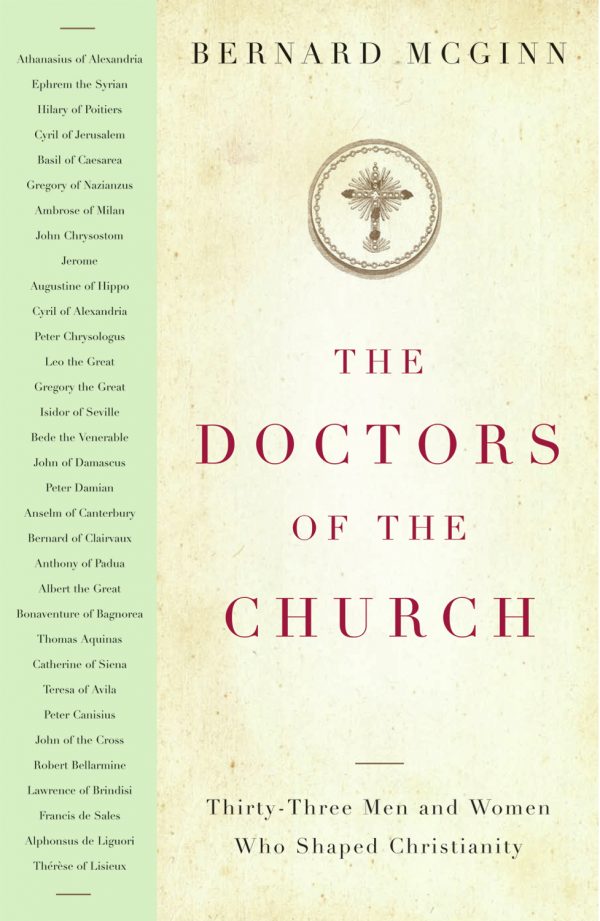Bernard McGinn (Author)
Bernard McGinn is the Naomi Shenstone Donnelley Professor emeritus at the Divinity School of the University of Chicago, where he taught for thirty-four years before retiring in 2003. McGinn has written extensively on the history of apocalyptic traditions, and especially on spirituality and mysticism. His major project is the multi-volume history of Western Christian mysticism under the general title of The Presence of God. He is a Fellow of the American Academy of Arts and Sciences, as well as a Fellow of the Medieval Academy. McGinn has also served as President of a number of learned societies, such as the Medieval Academy and the American Society of Church History.


